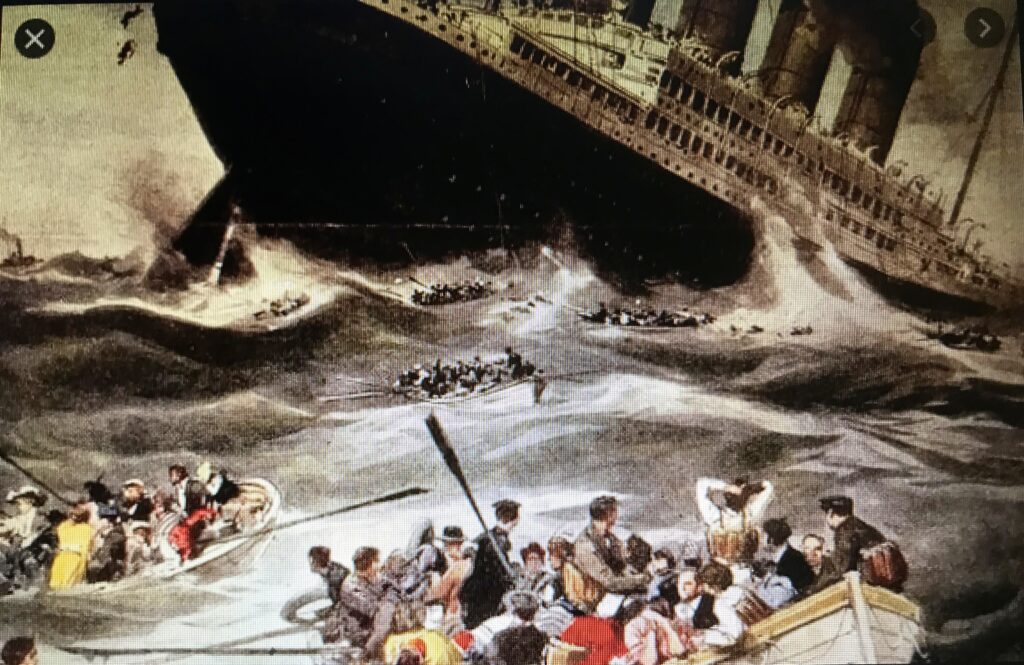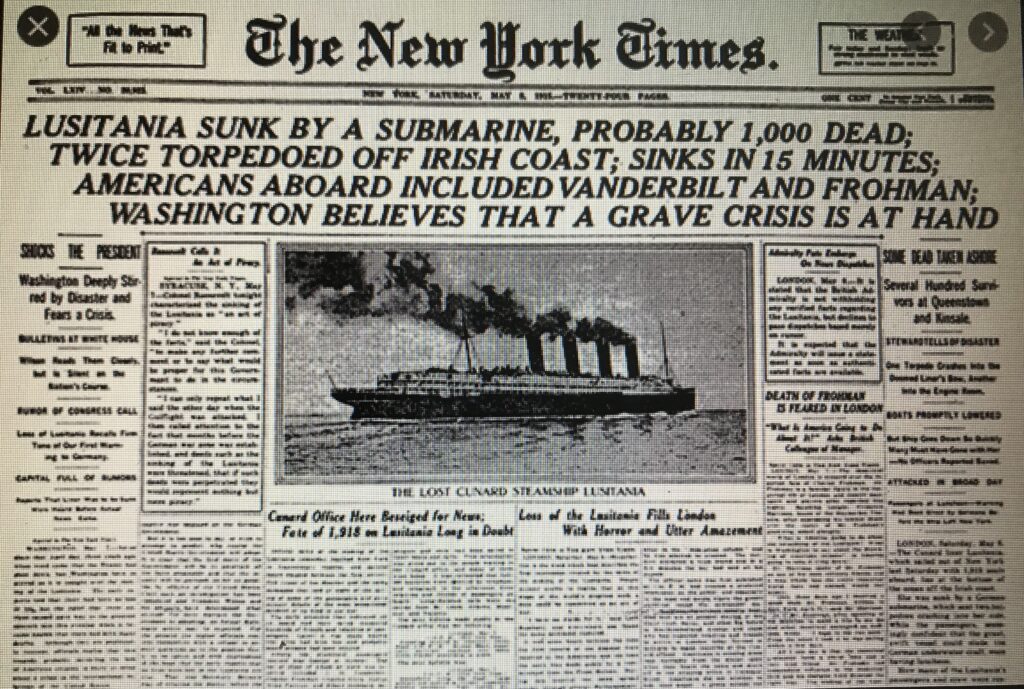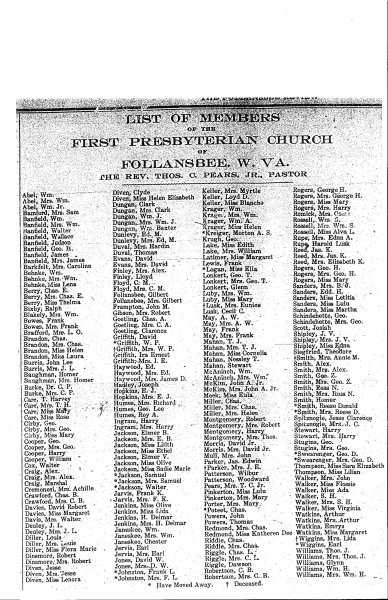The local newspaper advertised the event as a chance “for Boys and Girls to make some money.” On Saturday morning, May 22, 1915, from 9 until 12, the Ladies Civic Club paid any boy or girl five cents for every 50 tin cans gathered from the alleys and back lots of the city. The kids had to bring the cans to the City Building where a wagon was available to carry them away. The boy or girl bringing the most cans received a special prize. The officers of the Civic Club, Mrs. J. K. Reed and Mrs. H. B. Mahan were in attendance to pay the kids. “Tin Can Day” was organized with the aim of cleaning up the town. The message behind the occasion was simply that “Clean towns make better boys and girls” and better kids make better citizens. Thousands of tin cans were gathered. Bert Sabol received the prize for getting the most cans, having a total of 2,300. Many other boys had 1,000 cans or more. “Vacant lots, back yards and even the dumping grounds were thoroughly ransacked for cans.” Tin Can Day presents a picture of what the city was like in 1915 before stricter trash regulations. In fact the city paper reported that the cans collected by the Civic Club were hauled away and dumped over the riverbank. In June, the Board of Health recommended that the City secure a sanitary wagon for George Black, the city garbage collector, and that citizens not be permitted to throw garbage into the alleys.
- Mill Towns Review, Saturday, Tin Can Day, May 21, front page.
- Mill Towns Review, “Thousands of Tin Cans Taken Away,” May 28, 1915, p. 4.
- Follansbee Review, “Garbage Wagon,” June 18, 1915, p. 10.




